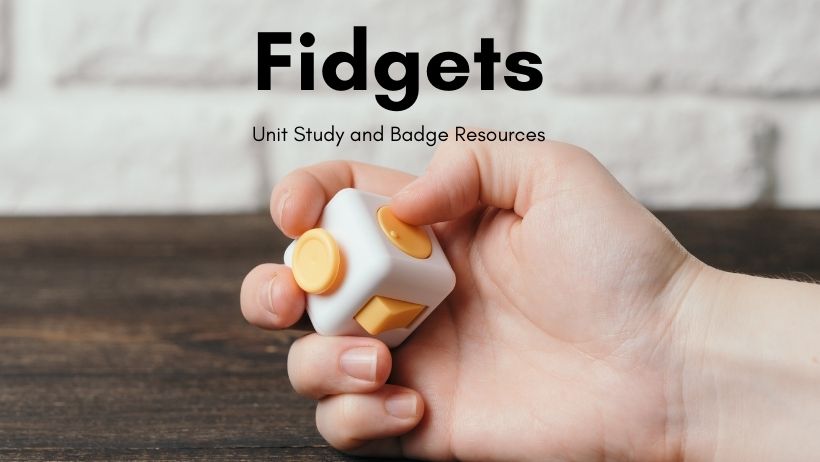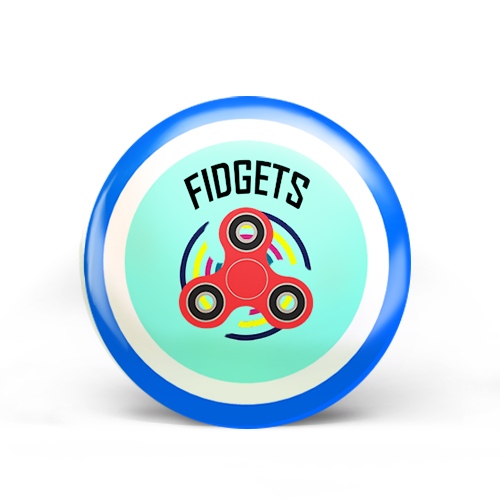
Fidgets Unit Study and Badge Resources
In 2017, Fidget Spinners became all the rage and every kid wanted one. Since then the fidget market has exploded. But what is a fidget exactly? Use our free Fidgets Unit Study to learn about these unique items and earn your Fidgets badge. Other badges you may wish to work on alongside are badges such as Diseases and Genetic Disorders (specific) or Trademarked Toys (specific).
What is a fidget?
The term “fidget” means to make small movements, especially of the hands and feet, through nervousness or impatience. For centuries, people have used everything from small pebbles and beads, to squishy stress balls to keep their hands busy when nervous or distracted. Fidgets have been used for special education for quite some time to help with focus, attention, calming, and active listening. They did not become popular in the toy market however until the fidget spinner craze of 2017.
The Fidget Spnner, a three prong spinning toy invented by Scott McCoskery became such a craze that schools actually outlawed them. Instead of helping with focus and attention, as fidget tools are supposed to do, they became a mere toy that caused distraction in the classroom as kids used them to create tricks such as balancing them on their nose in the middle of class or tossed them to one another in the hallway.
People all over the world have found that fidgeting with objects can reduce anxiety and increase concentration. From ancient Chinese Baoding Balls and Greek Worry Beads to modern Thinking Putty and Fidget Cubes, people are always looking for ways to keep their hands busy.
To Do: Learn about Greek Worry Beads which are one of the earliest known fidgets and then make a set for yourself. The Greek Reporter has a good article on these beads as well as instructions on how to make a set.
To Do: Create a timeline for fidgets. A sample can be found on the Fun and Function website.
Fulfills requirement #1
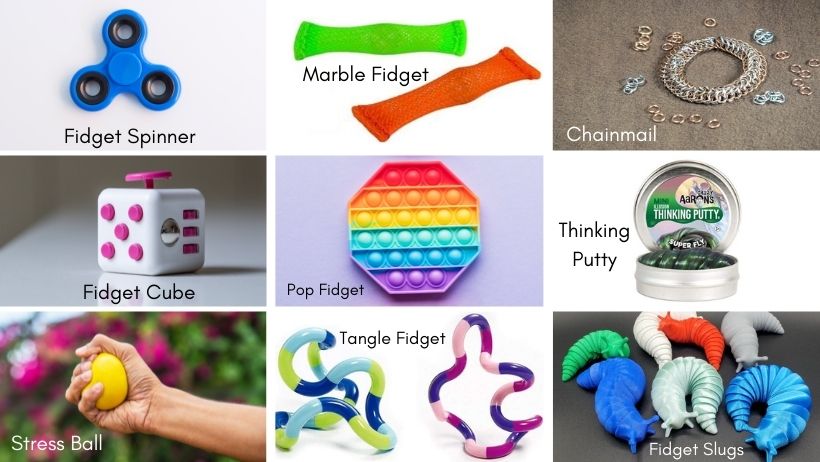
Types of Fidgets
The sheer number of fidgets now available are too many to list. Inventors from all over the world are finding new ways to keep our fingers busy. From 3D printed movable slugs to chainmail and moldable putty, the sky is the limit. Nine different popular fidgets are shown above, but there are many more available online. If you benefit from fidgets, having a variety available to you will allow you to choose the best fidget for each particular scenario. For example you may think best while molding putty, but focus best when simply squeezing a stress ball.
To Do: For each of the fidgets shown above, discuss where the fidget would be appropriate to use. For example fidget spinners are great if you are working on homework by yourself, but not so good in a classroom where they are a distraction to others.
Fulfills requirement #2

Benefits of Fidgets
While the fidget spinner may have given fidgets a bad name in the classroom, fidgets of many varieties are still very useful for people with a variety of medical conditions who have difficulty concentrating such as ADHD or Autism. According to Bridget Gilormini, director of PACER Center’s Simon Technology Center, “Fidgets give the user an opportunity to give their hands or bodies something to do, and allows their brain to then focus on the task at hand, such as listening to a teacher or reading.”
To Do: Choose a fidget to keep in your pocket for a week. This might be something that moves such as a fidget spinner or or bubble pop or something stationary like a smooth stone. Whenever you find yourself not able to concentrate or pay attention, try fidgeting with your chosen item. Just make sure that you choose a fidget that will not distract others. At the end of the week, evaluate how well your fidget worked for you. Did it help calm you and focus your attention better or did it distract you?
Fulfills optional requirement #10
Make your own fidget
While there are plenty of fidgets you can buy ready made in stores and online, they are also very easy to make at home. Use anything that moves, squishes, or pops to create your own fidget!
To Do: Use items around your house to make a DIY fidget such as the ones features in the Youtube video above. Camp.com has a variety of easy fidget instructions as well.
Fulfills optional requirement #3
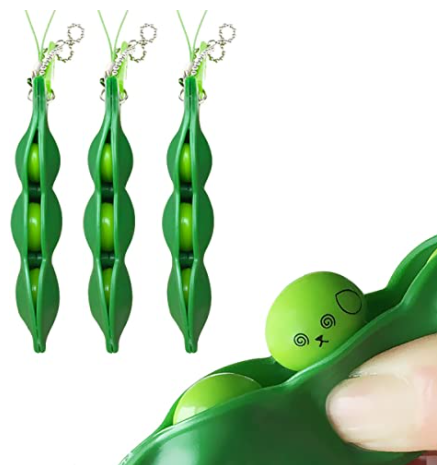
Designing a Fidget
Designing the latest greatest fidget can be big business. While the purpose behind all fidgets are pretty much the same, making a fidget aesthetically pleasing and texturally interesting can be a challenge if you are trying to stand out in the fidget toy market. According to Dr. Karlesky of the University of California, Santa Cruz, good fidgets have “two key qualities: a distinct tactile experience and an ease in repeating that stimulation.”
To Do: Design a brand new fidget you think would sell. Think about its functionality. How does it keep your hands occupied. Where might it be used? Does it need to be silent like a stress ball or thinking putty, or should it make noise? What colors should it be? Should it resemble something like a puppy or an ice cream cone or be a generic shape?
Fulfills optional requirement #9
Follow our Facebook page for badge of the week posts and other resources. For planning purposes you can see which badges will be featured on our badge of the week calendar. You can also sort and search articles by topic on our main blog page. If you are not already a member, check out our membership pricing page.

